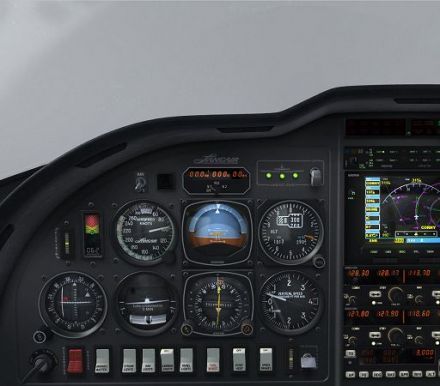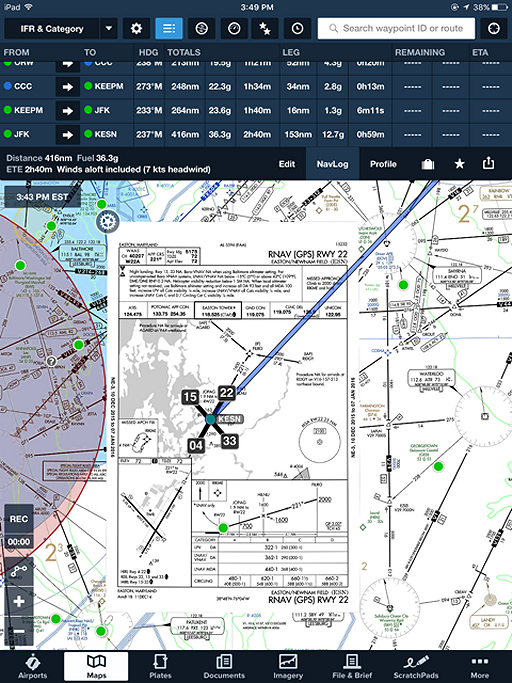Departure Alternates
Maybe it’s just that I don’t like to think on the fly, but I’m a huge fan of pre-loaded decisions. One of these is the departure alternate for IFR.
A departure alternate is an airport and approach you’ll fly if trouble finds you seconds after you enter the clouds. These are required for many commercial operations if the conditions make an IFR return to the departure airport unlikely or impossible. They’re not required for GA, but you should consider making them part of your standard IFR planning whenever ceilings preclude a VFR return.

Returning to your departure field isn’t always the fastest option, even if an approach to that airport is an option. Once you’re in the clouds, you’ll need an instrument approach or vectors below the clouds to land. Because airports are often aligned on similar headings in a given area, it may be fastest to continue flying straight ahead and join the final approach course for an airport ahead of you rather than do an about-face.
Returning to your departure might require overflying before a second-course reversal to start heading back down. That’s a long time with a problem aircraft.
If it’s a toss-up, consider which airport has the better maintenance services, fire, and rescue, or simplest, surest instrument approach. That’s your departure alternate. If the best choice is an instrument return, great. You just left there so you’ll have most of the frequencies ready to go.
No matter what, it’s best to have that airport selected and the approach you’ll want, ready and briefed. Load the navaid frequencies and the approach directly into your navigator if you can. You’re flying a departure, so the approach part of your flight plan is probably free. You can delete it at your leisure when you’re enroute with everything humming nicely. If nothing else, you can probably set up an ILS frequency into your navigator when you’re using GPS for navigation on departure.
It’s important to know what constitutes a VFR return for your area. Just because the airport is reporting ceilings of 1200 AGL doesn’t mean ATC can let you back down to 1200 if you have an issue. You might still need an instrument approach.
So consider the minimum vectoring altitude (MVA) for your area. If you don’t know it, ask the tower or an Approach controller before you depart. If ceilings are above MVA, you can get vectored down below the clouds from wherever you are when Murphy strikes and then get lined up for a visual landing at the airport. If not, expect an instrument approach and make a departure alternate plan.
Watch This Video:
“Preloading the Departure’s Approach”
Zero-Zero Departure

Take this thinking to its extreme and you’ve got the proverbial zero-zero departure. True “zero vis” is probably taking things too far because you can’t even see the runway well enough for a takeoff roll. But let’s consider going IMC immediately on rotation: insane or reasonable?
Transitioning to instruments prior to entering the clouds is a healthy habit, so for a near zero-zero takeoff, that means looking down at the AI while still on the ground and then pitching for a climb. The action isn’t that different from a normal takeoff with an airport near minimums, and once you’re 200 feet above the ground, it’s essentially the same as a go-around from minimums—except you’re already configured for the climb with a plan as to where you’re going. We don’t usually consider the go-around from minimums insanely risky, so why the below-minimums departure?
I think it’s more perceived risk than actual risk. My stand is that so long as you have a departure plan covering the fact that you can’t come back, this kind of departure is no more—or less—risky than any flight profile in low IFR.
ForeFlight Question of the Month:

How do you add an instrument approach to your ForeFlight navigation log?
A. Select the approach from the plates tab and then send it to the map.
B. Tap the airport on the map, and then tap “add approach” from the pop-up window.
C. Go to the full airport page, select the approach, and tap “add to route.”
D. Edit the nav log and tap “procedure” to select and add the approach.

